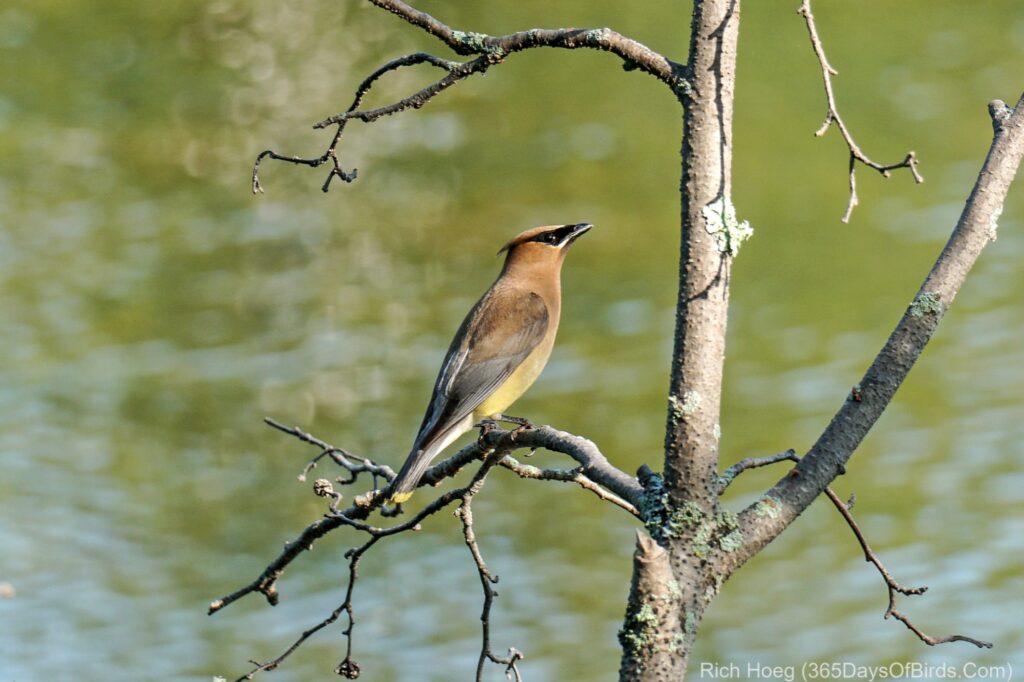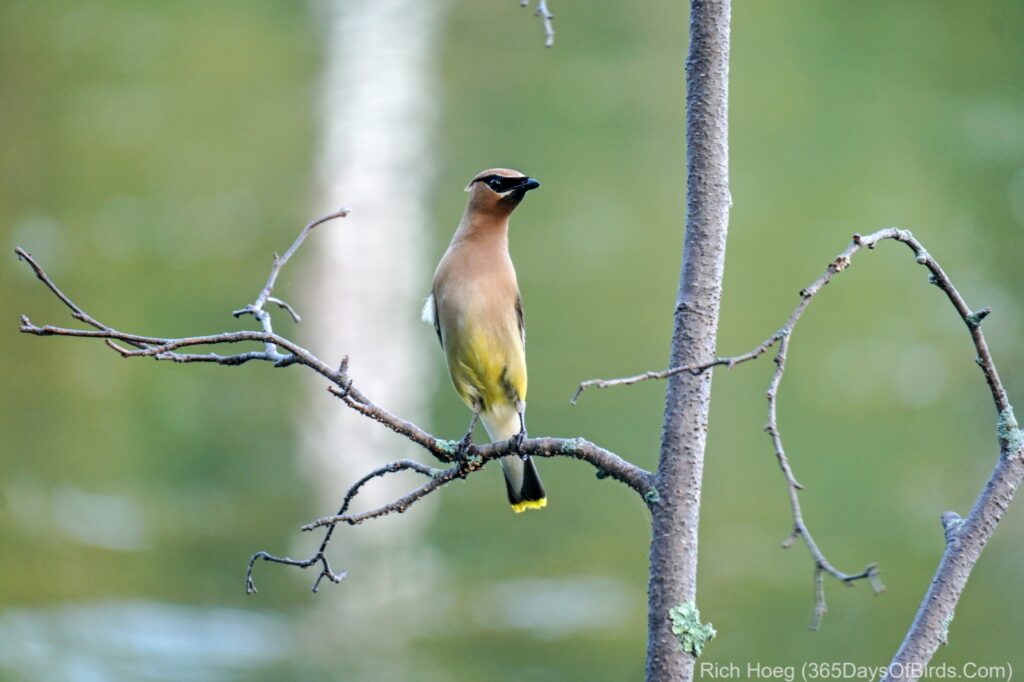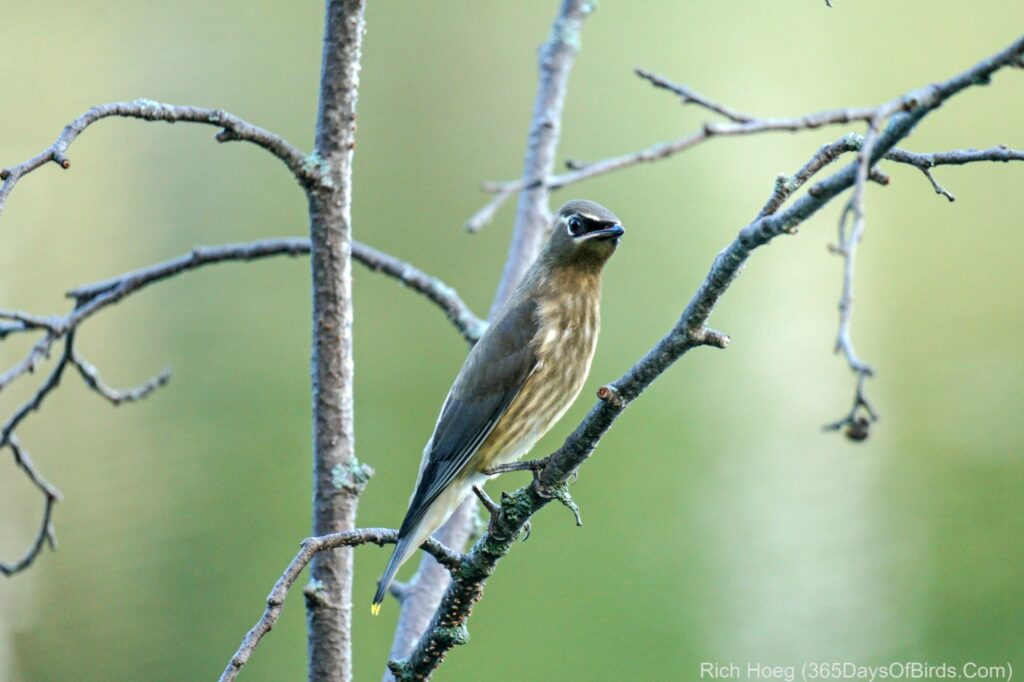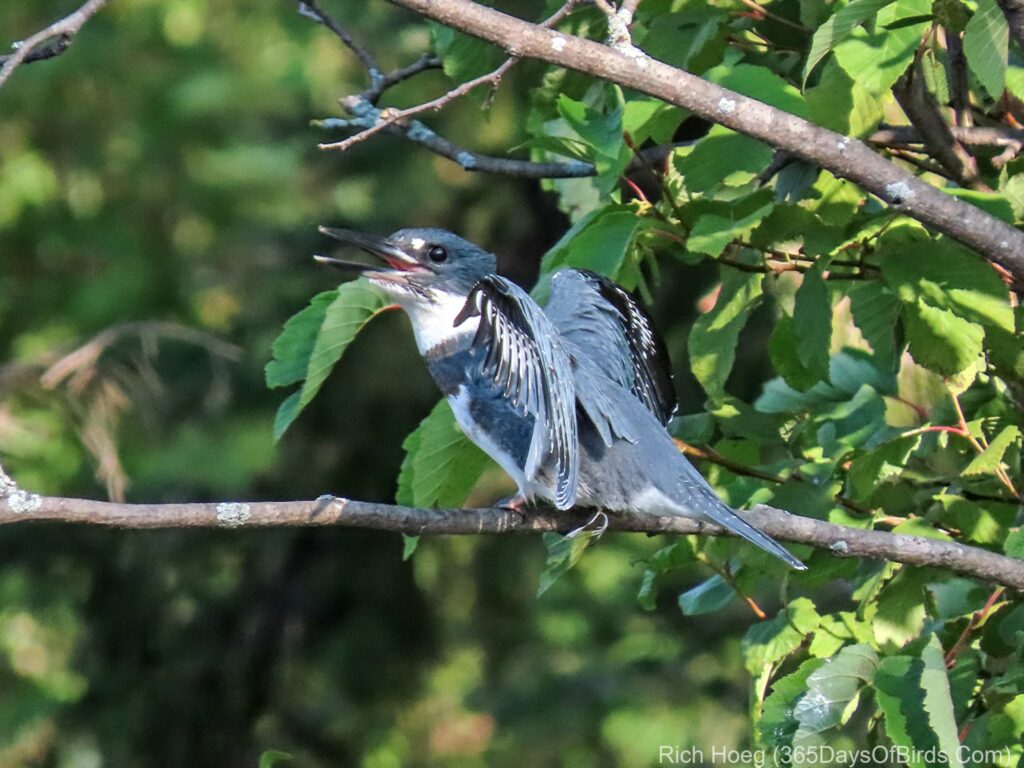
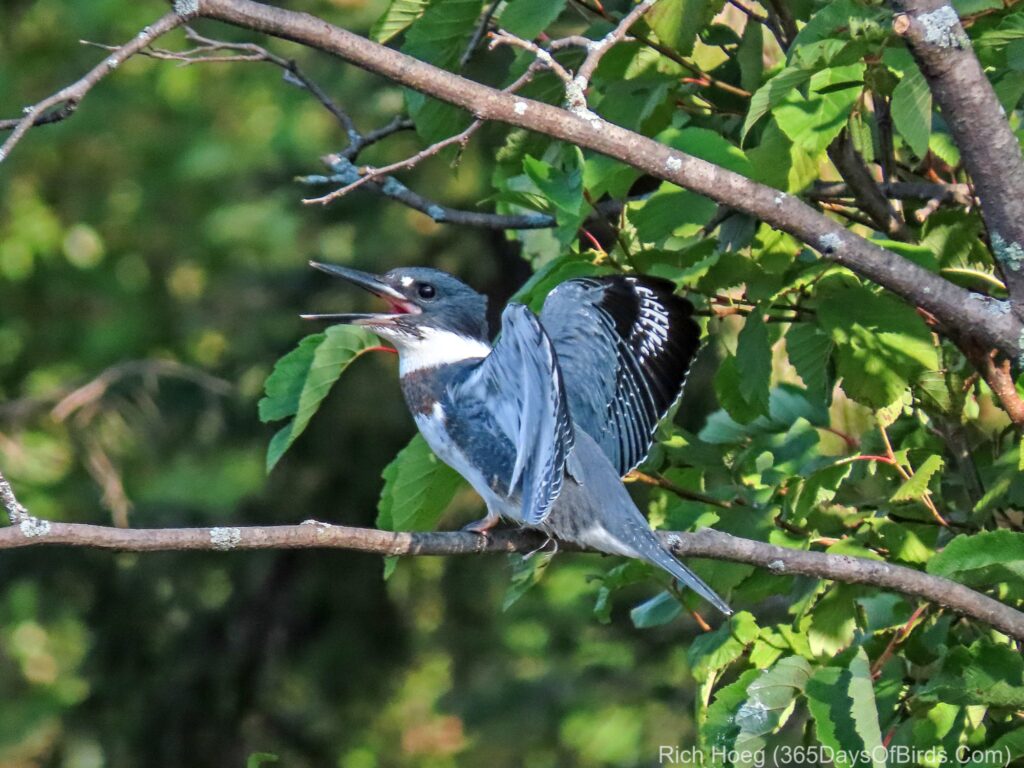


I have made this point before, but as migration really starts to get going, bird your local cemetery. The best birding will always be at a cemetery which has a pond, and a decent local bird population. Migrants are attracted to both the water, and the fact that birds are already present. The local birds are accustomed to people, both above and below ground! Generally, even though there are lots of spooks present, this will mean even migrants will spook less easily. In my case, I have been visiting Forest Hill Cemetery in Duluth’s Hunter’s Park neighborhood.
Because of the drought, the water level in each pond is much lower, which has created some mud flats that shorebirds absolutely love for feeding. A flock of five Lesser Yellowlegs, migrating through from Hudson’s Bay and the Arctic, was actively feeding yesterday morning at 7:30 am.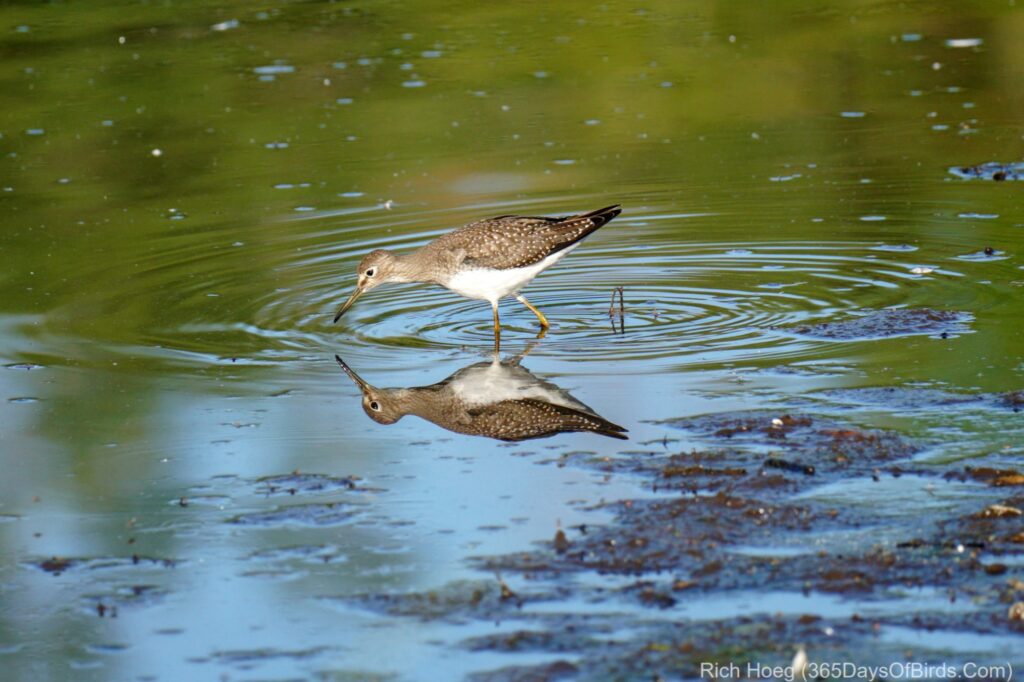
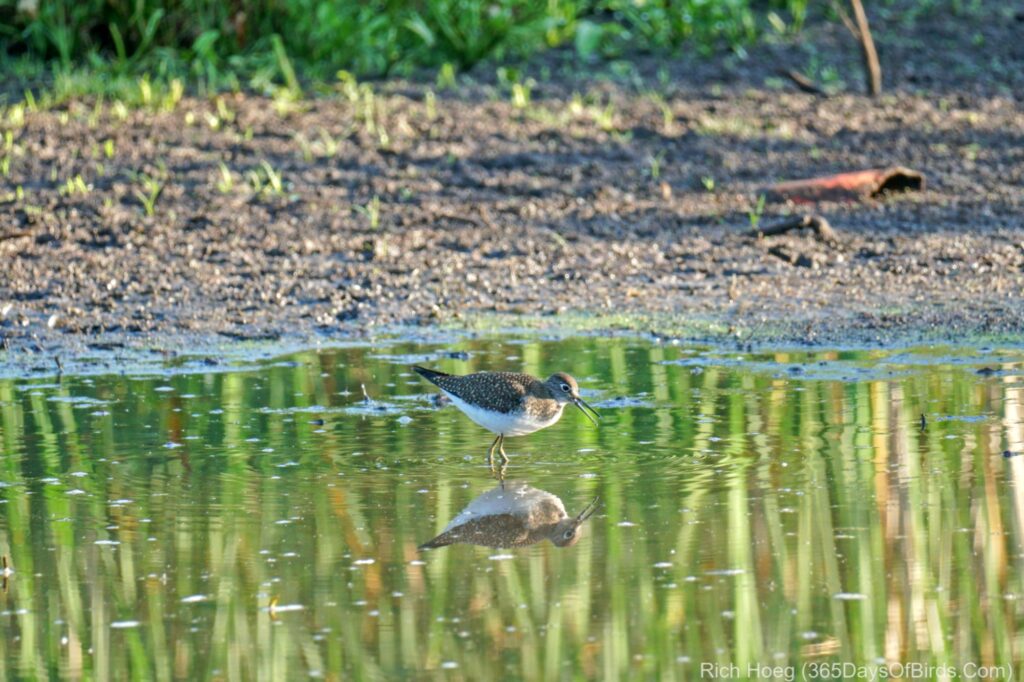
The treat of the morning was finding two Soras, one of which ventured way out of the reeds (unusual).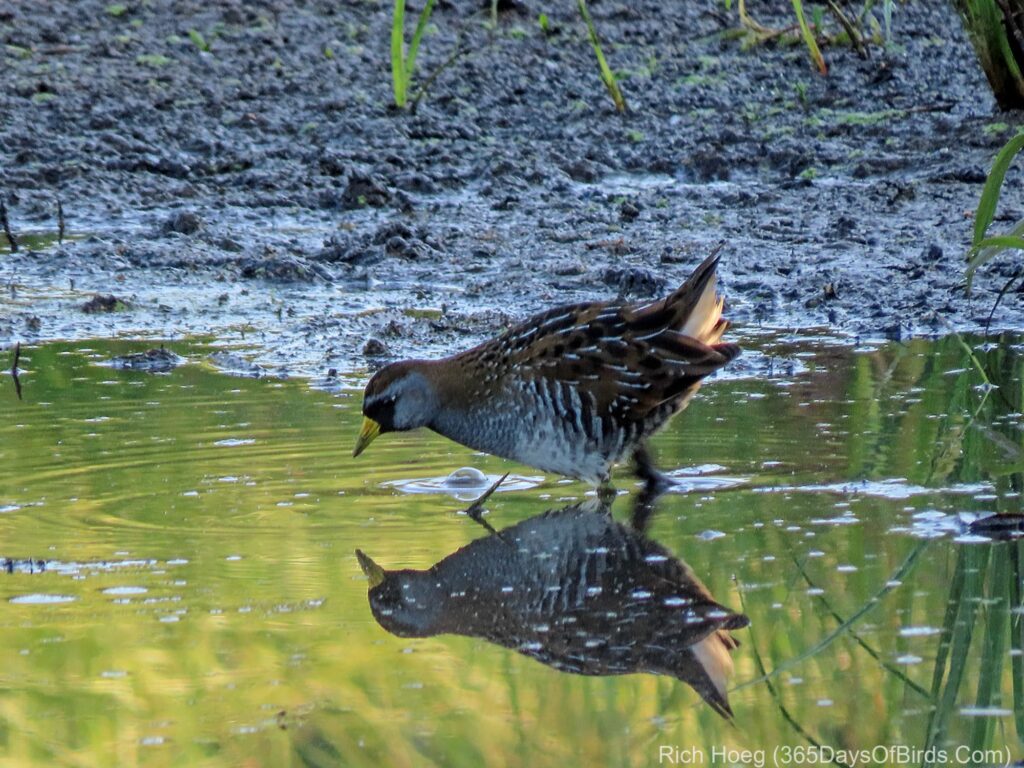
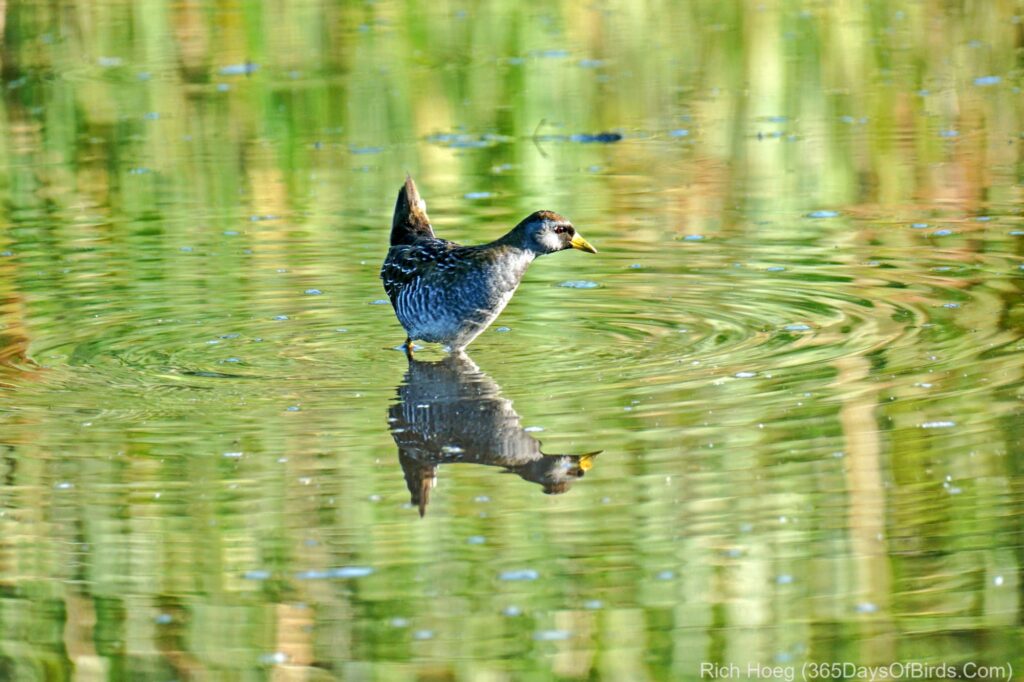
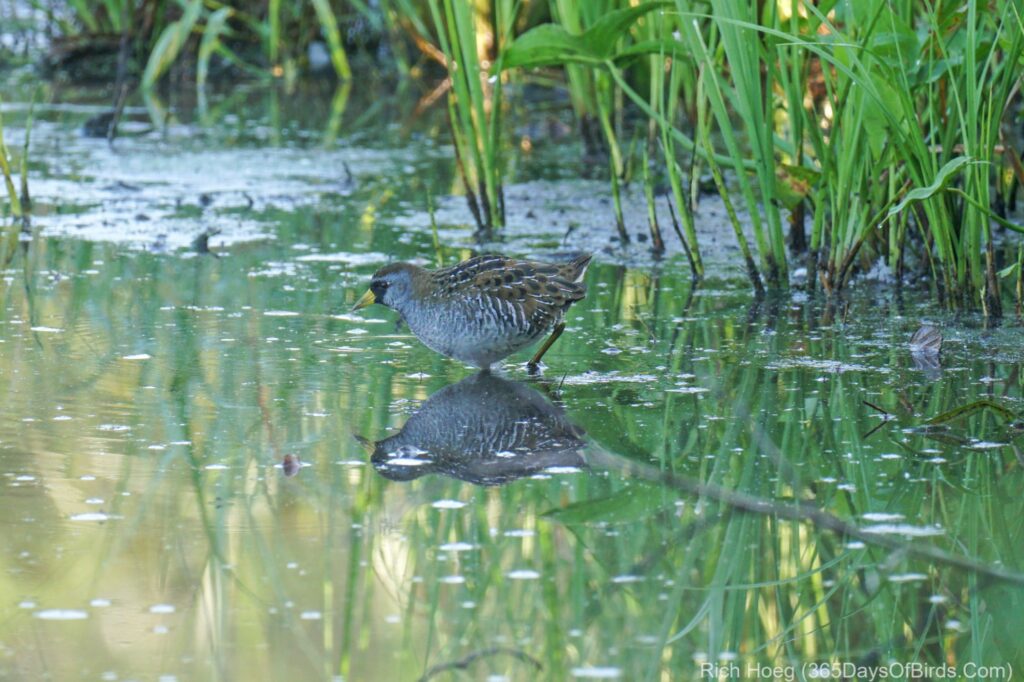
Finally, the locals were busy fishing. I always enjoy watching Belted Kingfishers, in this case a female.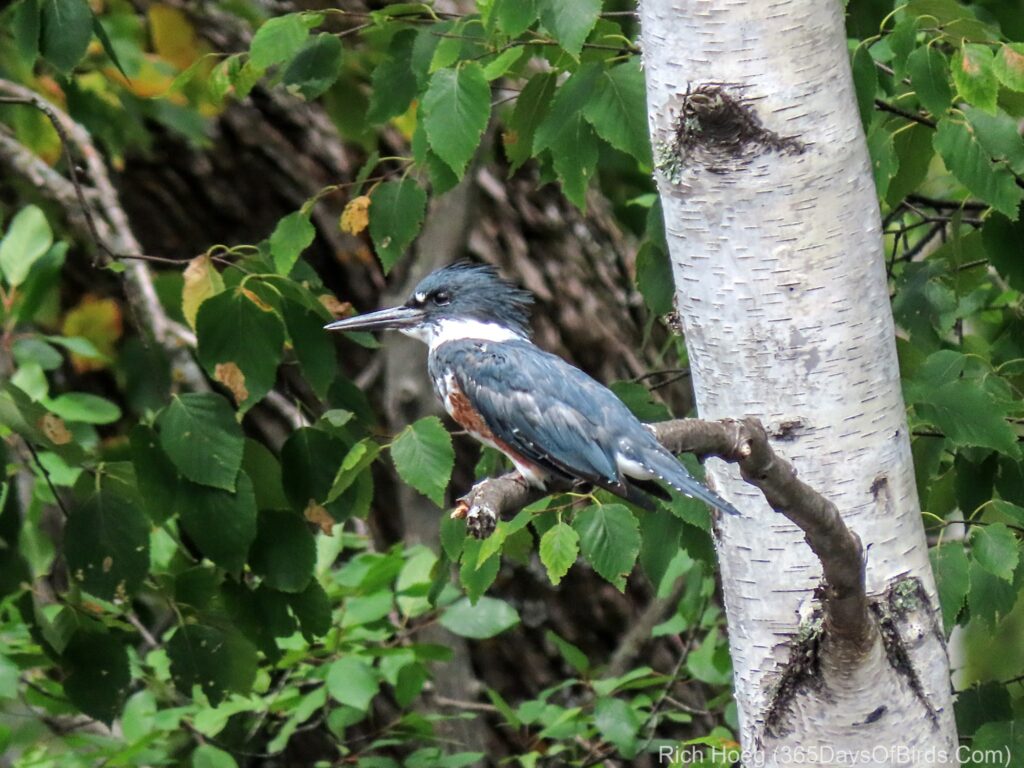
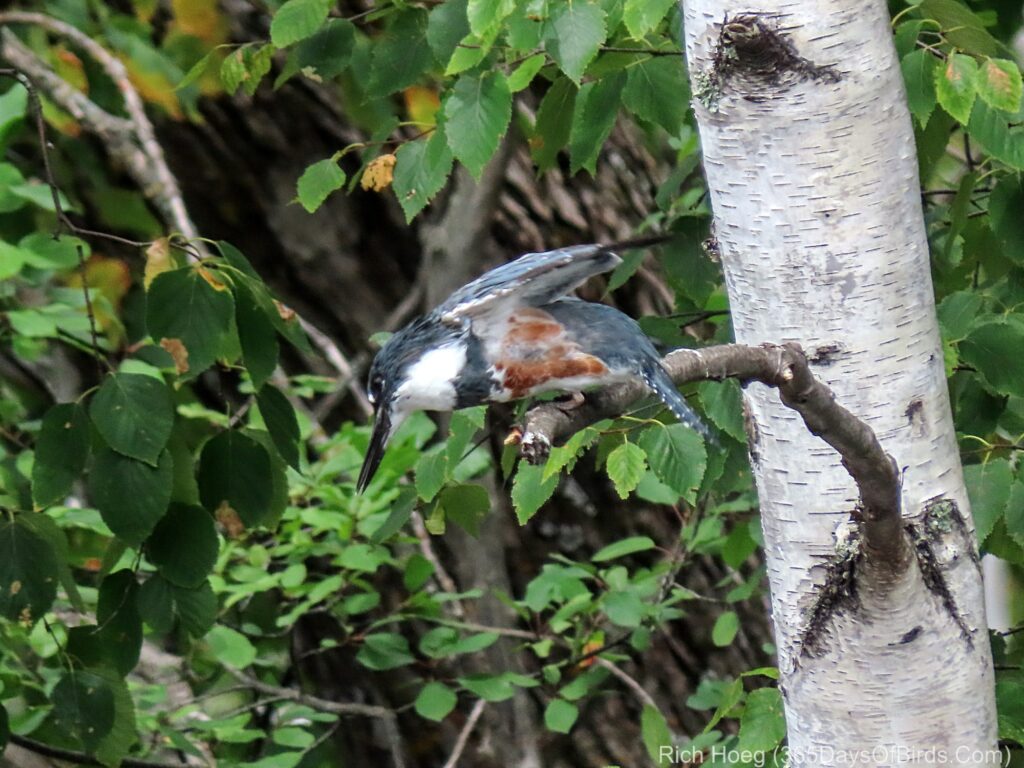
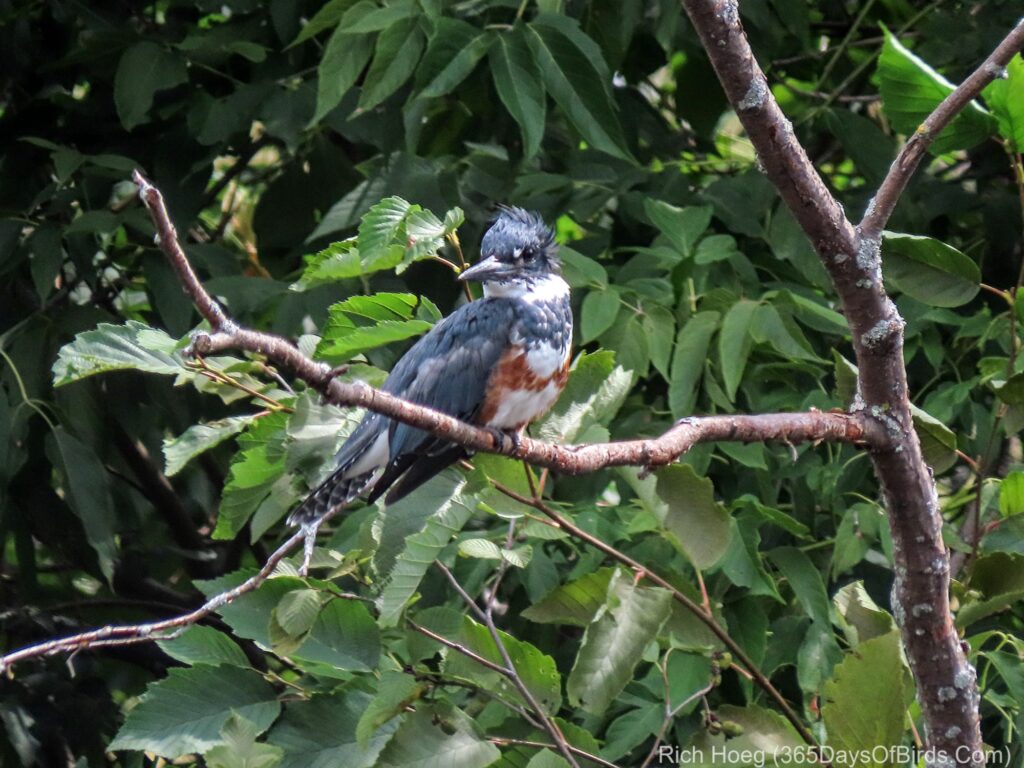
Today is August 12th, and it may seem strange to be talking about summer’s end, but “meteorological summer” ends with August, not September 21st. Here in northeastern Minnesota over the next few days temperatures will drop into the mid 40’s at night, and ground fog / lake steam will be common at sunrise. While there are still hot days ahead, the “times are a changing”. Many birds have already started their southward migration. Warblers are the latest bird specie to start exiting the northern forests (monitor this Fall’s migration via BirdCast).
Today is one week since my two surgeries which means I am now allowed to take some longer excursions. At sunrise I visited MK3 Hardwood Farms. This family farm plants a field of sunflowers and includes a walking path through the blossoms. Sunflowers are at their peak right now, and one would be hard pressed to find a better morning walk. (MK3 Hardwood Farms: corners of Cty 18 and Matten Road near Wrenshall). If you are not able to visit at sunrise, arrive 90 minutes before sunset. The colors early in the morning and late in the day are amazing, and it’s cooler! Although there is no “admission charge”, make sure you leave a donation in the wooden box at the entrance to the walking path.
Here are some photographs from my visit early this morning
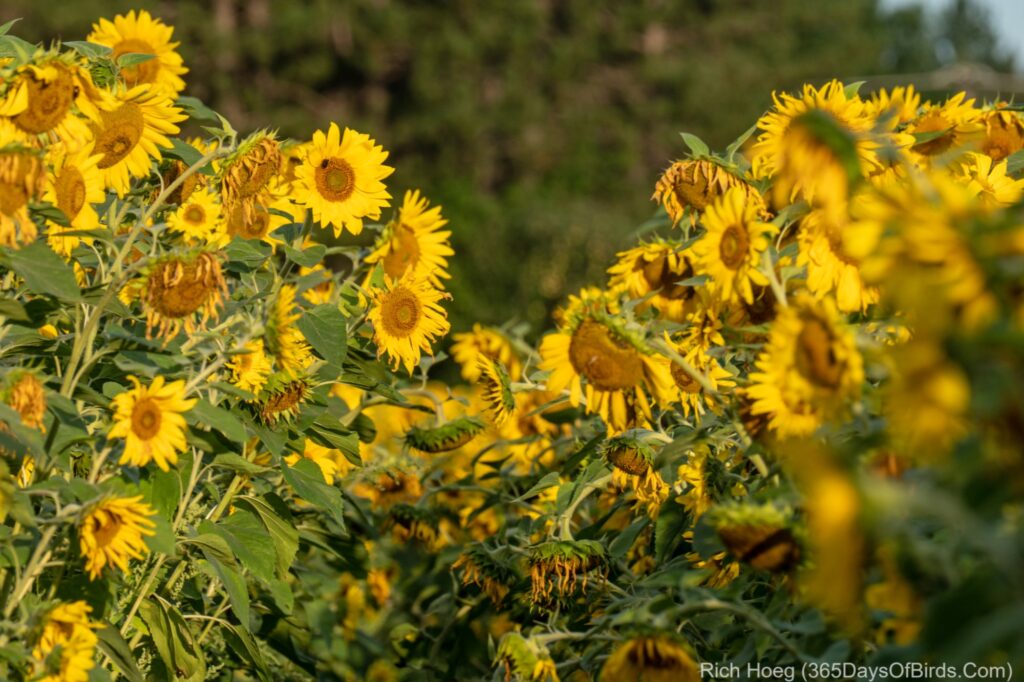
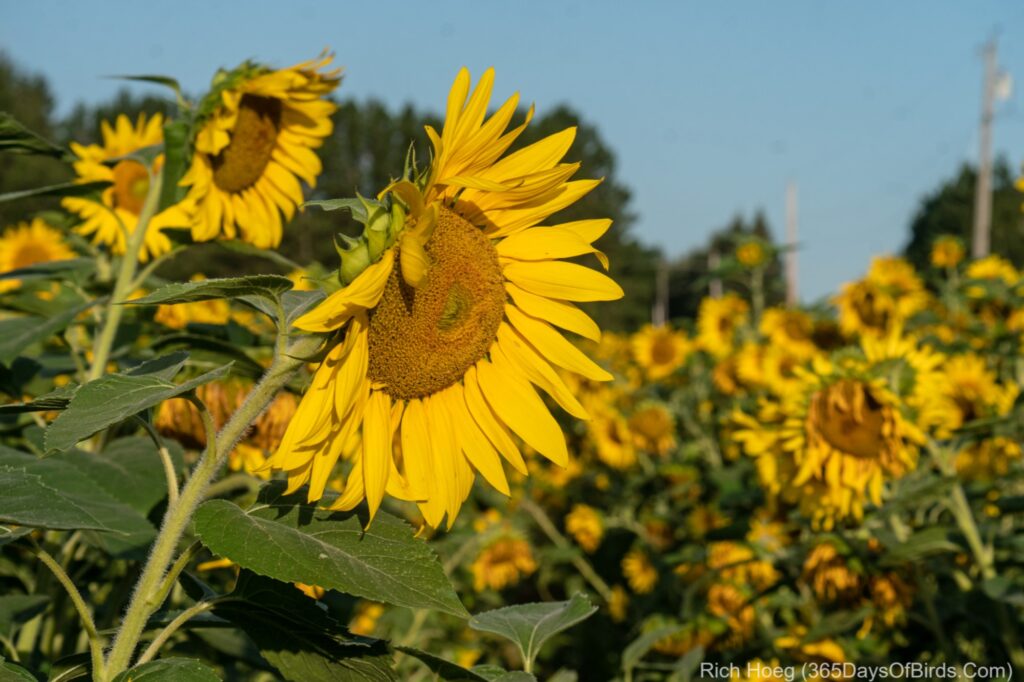
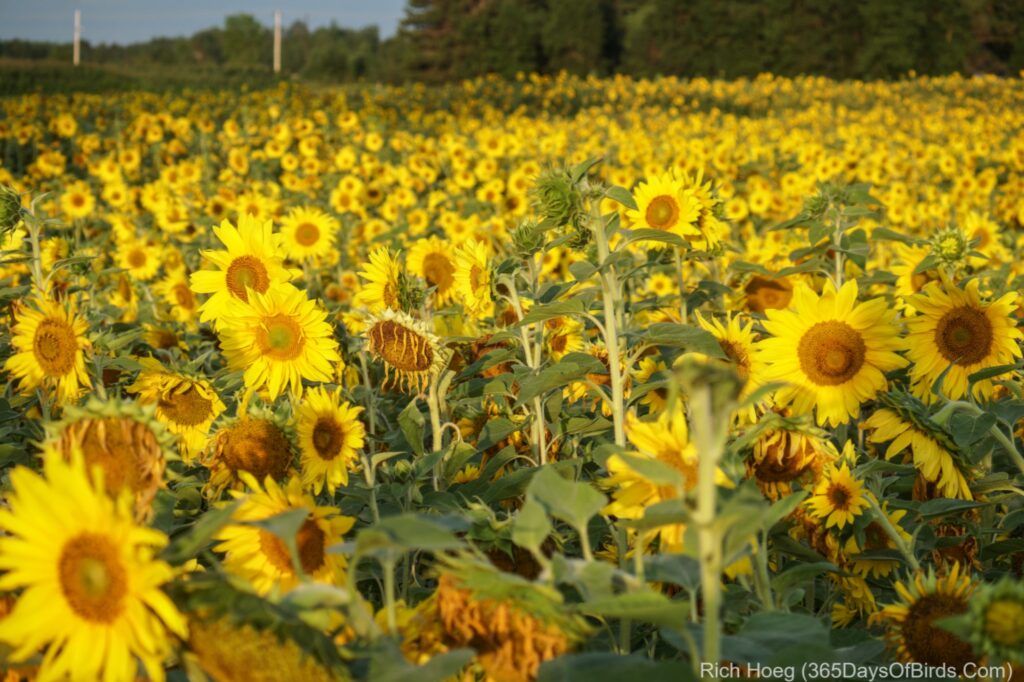
Someone always has to be different!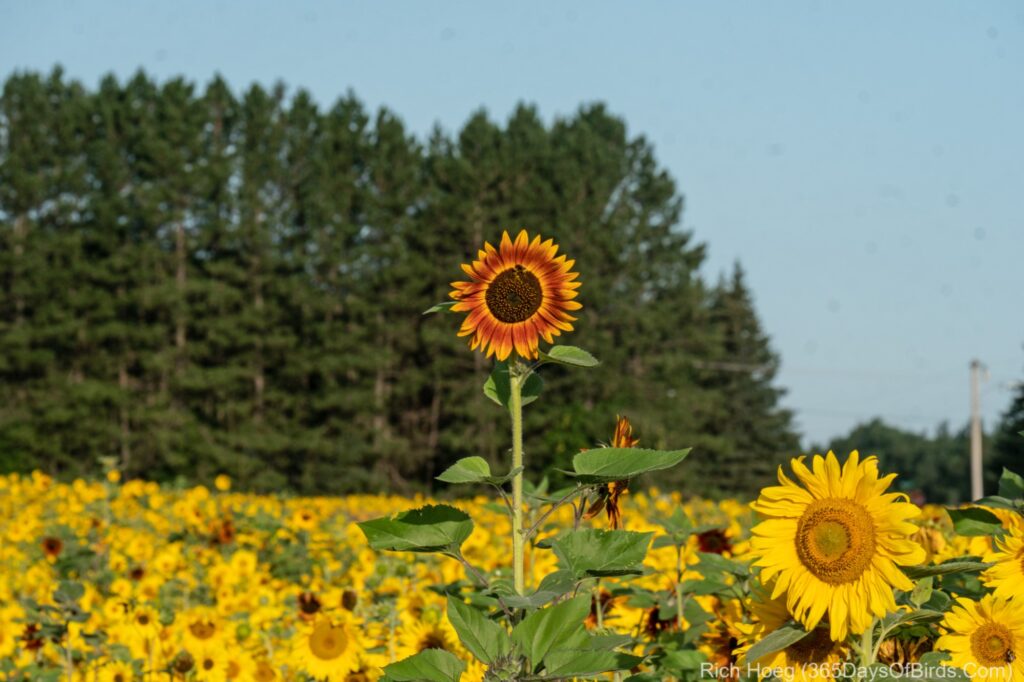
With the end of summer approaching, birds start to feed in ways you may not anticipate, but they are just taking advantage of great food sources. Many of you may think Cedar Waxwings are berry eating birds. Actually this Cedar Waxwing was ignoring the berries and acting like a fly catcher. They will eat berries once bugs disappear.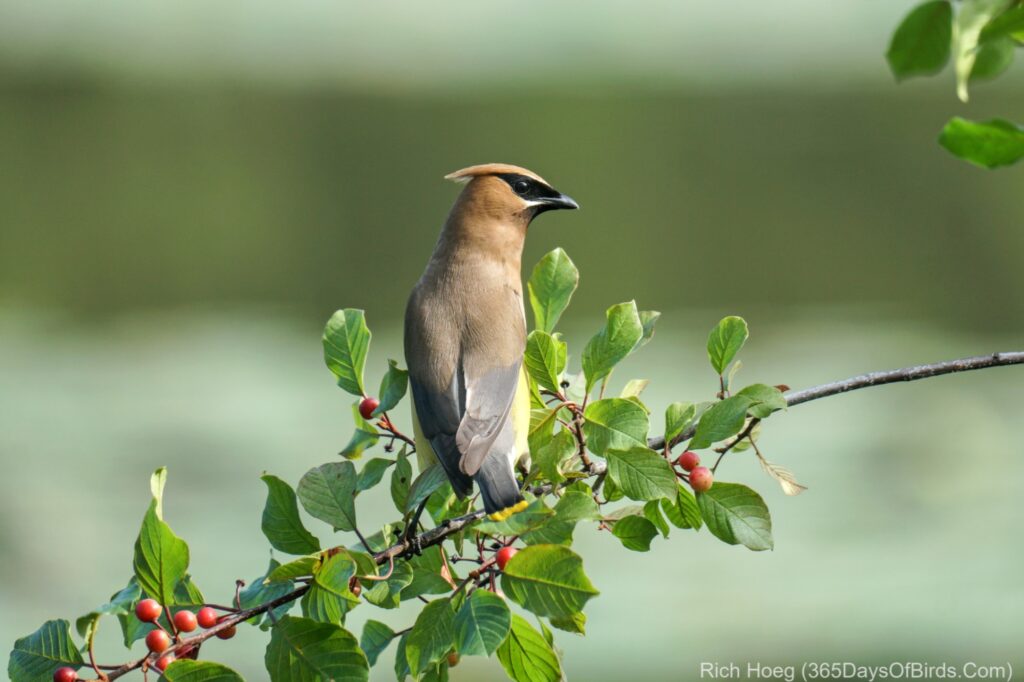
In fact, hundreds of waxwings were diving out over the pond to catch bugs … very common for August. The final image is a juvenile. Note how its colors are not as bright, and the streaking. Camouflage for when it was in the nest. There are a lot of predators around.